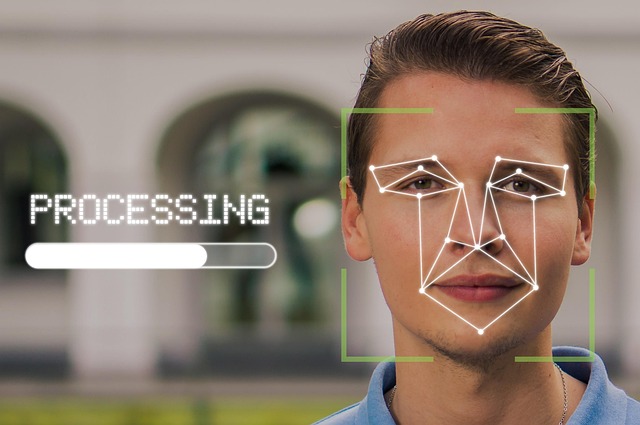Mastering Sensor Troubleshooting: A Comprehensive Guide
When it comes to technology, sensors are the unsung heroes, quietly working behind the scenes to gather data and facilitate automation. They play a pivotal role in various systems, from industrial machinery to everyday appliances. However, when sensors falter, the consequences can be significant. This is where troubleshooting comes into play.
Understanding Sensor Basics
Before diving into the intricacies of troubleshooting, it’s essential to understand how sensors operate. Sensors translate physical phenomena into signals that can be measured and interpreted. Common types include temperature sensors, pressure sensors, proximity sensors, and many more. Each type has its unique characteristics and potential failure points, which makes it imperative to grasp their workings.
Common Sensor Failures
Sensors can fail for numerous reasons, including:
- Electrical Issues: Wiring faults, short circuits, or power supply problems can lead to sensor malfunctions.
- Environmental Factors: Extreme temperatures, humidity, and exposure to chemicals can affect sensor performance.
- Mechanical Damage: Physical impacts or vibrations can disrupt the operation of sensitive sensors.
- Calibration Errors: Over time, sensors may lose accuracy, requiring recalibration to function correctly.
The Troubleshooting Process
Effective troubleshooting requires a systematic approach. Here’s a simple framework to help you identify and resolve sensor issues:
1. Gather Information
Start by collecting as much data as possible. Document error messages, review system logs, and understand the symptoms. Engaging with users to garner insights can also provide context to the problem.
2. Visual Inspection
Conduct a thorough visual check of the sensor and its surroundings. Look for signs of damage, loose connections, corrosion, or foreign objects that may obstruct operation.
3. Test Power Supply
Ensure that the sensor is receiving the appropriate voltage and current. Use a multimeter to verify the electrical connections and power supply integrity.
4. Check Calibration
If the sensor appears to be functional but is providing incorrect readings, it may require recalibration. Refer to the manufacturer’s guidelines on how to calibrate the specific sensor type.
5. Replace Components
If you’ve systematically ruled out all other potential issues and the sensor is still malfunctioning, it may be time to consider replacement. Before purchasing a new unit, confirm compatibility with existing systems.
Preventive Strategies
Proactive measures can save time and resources in the long run. Here are some strategies to consider:
- Regular Maintenance: Schedule periodic inspections to identify wear and tear before they escalate to failures.
- Environmental Protection: Employ protective casings or enclosures for sensors exposed to harsh conditions.
- Training: Equip your team with adequate training on troubleshooting and maintenance procedures to empower them to handle issues proficiently.
The Importance of Documentation
Keeping records of troubleshooting efforts can be invaluable. Not only does it help in building a knowledge base for future reference, but it also assists in identifying recurring issues that may need to be addressed fundamentally.
In the realm of sensors, understanding the potential pitfalls and mastering the art of troubleshooting can keep operations smooth and efficient. By following the systematic approach outlined above and implementing preventive measures, you’ll be well-equipped to tackle any sensor-related challenges that arise.



